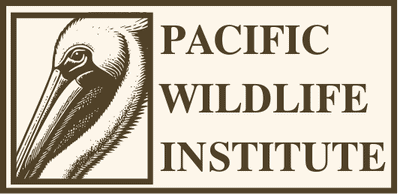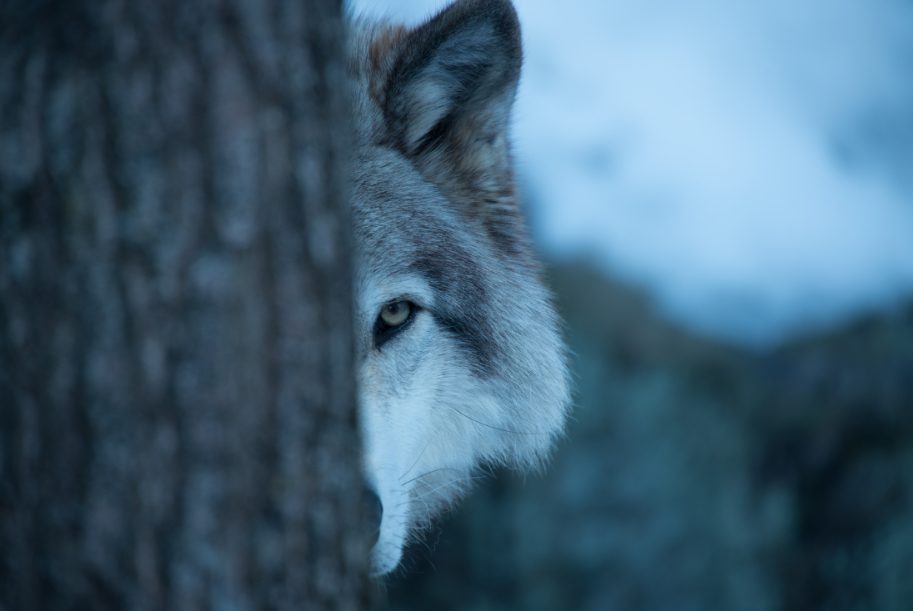Understanding Keystone Species: The Cornerstones of Ecosystem Health
Introduction
In the complex web of life, every species has a role to play. However, some species hold more significance than others, acting as the linchpins that keep entire ecosystems in balance. These crucial organisms are known as keystone species. Like the keystone at the apex of an arch, their presence is vital to the stability of the whole structure. When a keystone species is removed, the consequences can be catastrophic, leading to cascading effects that ripple through the environment. This essay explores the concept of keystone species, provides examples from various ecosystems, and discusses the profound impacts that occur when these species are lost.
What is a Keystone Species?
The term “keystone species” was first coined by ecologist Robert Paine in 1969. Paine’s research on the intertidal zones of the Pacific Northwest revealed that certain species have a disproportionately large effect on their environment relative to their abundance. These species play pivotal roles in maintaining the structure, diversity, and functioning of their ecosystems. Their influence is so significant that the removal of a keystone species can lead to the collapse of the ecosystem it supports.
Examples of Keystone Species
- Sea Otters (Enhydra lutris) – Guardians of the Kelp Forests Sea otters are a classic example of a keystone species, particularly along the Pacific Coast. These small marine mammals play a crucial role in maintaining the health of kelp forest ecosystems. Sea otters feed on sea urchins, which, in the absence of predators, can overgraze kelp forests, leading to their destruction. Kelp forests are not only vital for the marine species that inhabit them but also for coastal protection, as they buffer shorelines from the impacts of storms and erosion. When sea otters were hunted to near extinction for their fur in the 18th and 19th centuries, many kelp forests were decimated by unchecked sea urchin populations. The subsequent loss of habitat led to declines in species diversity and disrupted the entire marine ecosystem.
- Gray Wolves (Canis lupus) – The Balance Keepers of Yellowstone The reintroduction of gray wolves to Yellowstone National Park in 1995 provides one of the most striking examples of the keystone species concept. Wolves had been extirpated from the park by the mid-20th century, leading to a dramatic increase in elk populations. Without natural predators, elk overgrazed young aspen and willow trees, leading to the decline of these trees and the species that depended on them, such as beavers and songbirds. The absence of wolves also allowed coyotes to proliferate, which reduced populations of smaller mammals like foxes. When wolves were reintroduced, they began to regulate elk populations, allowing vegetation to recover. This, in turn, supported the return of beavers, whose dam-building activities created habitats for fish, amphibians, and waterfowl. The presence of wolves even changed the behavior of elk, leading to less overgrazing near rivers, which helped stabilize stream banks and reduce erosion. This phenomenon, where the reintroduction of a keystone species leads to the recovery of an ecosystem, is known as a trophic cascade.
- Beavers (Castor canadensis) – The Ecosystem Engineers Beavers are often referred to as “ecosystem engineers” because of their ability to shape their environment by building dams. These dams create wetlands, which are among the most productive ecosystems in the world. Wetlands provide habitat for a wide range of species, including fish, amphibians, birds, and invertebrates. They also act as natural water filters, trapping sediments and pollutants, and they help to mitigate the effects of droughts by storing water. When beavers are removed from an ecosystem, these wetlands can disappear, leading to a loss of biodiversity and a reduction in water quality. In many parts of North America, beavers were extensively trapped for their fur, leading to the degradation of wetland habitats and the decline of species that depend on them.
- Prairie Dogs (Cynomys spp.) – The Architects of the Grasslands Prairie dogs are small burrowing rodents that play a critical role in North American grassland ecosystems. Their burrows provide shelter for a variety of species, including burrowing owls, snakes, and insects. Prairie dogs also serve as a primary food source for predators like coyotes, hawks, and the endangered black-footed ferret. Moreover, their digging activities aerate the soil, promoting plant growth and nutrient cycling. When prairie dog populations decline, it can lead to a loss of habitat for other species and a decrease in grassland productivity. The removal of prairie dogs due to habitat destruction and poisoning campaigns has contributed to the decline of species that depend on them, such as the black-footed ferret, which is now one of the most endangered mammals in North America.
- Figs (Ficus spp.) – The Fruit That Feeds the Forest In tropical forests around the world, fig trees serve as a keystone species by providing food for a wide variety of animals, including birds, bats, monkeys, and insects. Figs produce fruit year-round, making them a critical food source during times when other fruits are scarce. This constant availability of food helps sustain frugivorous (fruit-eating) species, which in turn play important roles in seed dispersal and forest regeneration. If fig trees were removed from these ecosystems, many animal species would struggle to find enough food, leading to declines in their populations. This could have a cascading effect on the forest, as fewer animals would be available to disperse seeds, potentially leading to a decline in plant diversity.
The Consequences of Removing Keystone Species
The removal or decline of a keystone species can lead to profound changes in an ecosystem, often with negative consequences. These changes can include:
- Loss of Biodiversity: Keystone species often support a wide range of other species. Their removal can lead to the decline or extinction of these dependent species, reducing overall biodiversity.
- Habitat Degradation: Many keystone species are habitat creators or maintainers. Without them, ecosystems can become less hospitable to a variety of organisms, leading to a decline in habitat quality.
- Trophic Cascades: The loss of a keystone species can trigger a trophic cascade, where the effects of the removal ripple through the food web, altering the population dynamics of multiple species.
- Ecosystem Collapse: In extreme cases, the removal of a keystone species can lead to the collapse of the entire ecosystem, as the loss of critical functions disrupts the balance of life.
Conclusion
Keystone species are the cornerstones of their ecosystems, holding together the intricate web of life. Their importance cannot be overstated, as they play essential roles in maintaining biodiversity, promoting ecosystem health, and supporting the survival of countless other species. As we continue to face challenges like habitat destruction, climate change, and species loss, it is more important than ever to recognize and protect these vital organisms. By understanding the role of keystone species and the consequences of their removal, we can take meaningful steps to preserve the natural world and ensure that our ecosystems remain vibrant and resilient for future generations.

